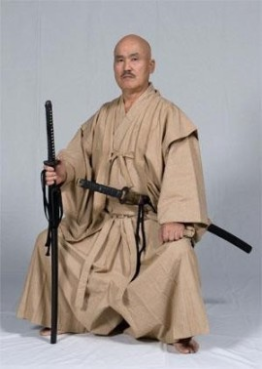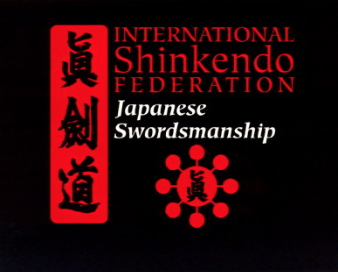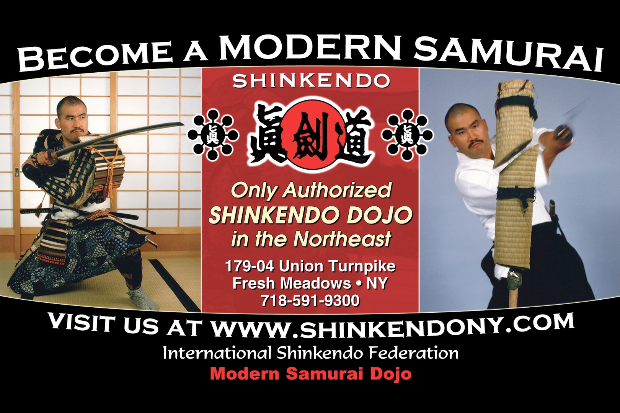Toshishiro Obata Kaiso
Founder of the International Shinkendo Federation
Shinkendo
Shinkendo is the reunification of traditional, authentic, Japanese samurai swordsmanship by our founder Toshishiro Obata. Our curriculum consists of five main pillars or structures, each supporting the other in a logical, progressive format: Suburi (sword swinging) Tanrengata (forging kata) Batto-ho (drawing and re-sheathing safely and correctly) Tachiuchi (paired practice- sparring) Tameshigiri (test cutting).
While Shinkendo requires rigorous physical training, depth of coordination, and intense focus, one of the most important aspects of Shinkendo is the emphasis on spiritual forging, which inspires "Bushi Damashii" (the Samurai/ warrior spirit), a quality that we feel is as relevant now as it was hundreds of years ago. Proper practice of Shinkendo should provide one with not only a strong body and mind, but also a calm, clear and focused spirit.
Training
Sword training revolves around our structure of "Gorin Goho Gogyo" (five equally balanced interacting rings that symbolize the five major methods of technical study). These include: Suburi (sword swinging drills), Tanrengata (solo forms), Battoho (combative drawing and cutting methods), Tachiuchi (sparring) and Tameshigiri/Shizan (cutting straw and bamboo targets). Students typically train using a Bokuto (wooden sword), and later advance to training with Iaito (or mogito, non-sharpened sword) and finally Shinken, or "live blade". At more advanced levels, students begins to test their acquired skills through test cutting practice on tatami omote makiwara (rolled up tatami mats, previously soaked in water), and eventually Nihondake (Japanese bamboo).
Kuyo Junikun and Hachido are the pathways to cultivation and development of the mind and spirit. Those who learn Budo or Japanese martial arts must also learn and understand the philosophical foundation of Budo. In order to do this, one must first learn about oneself. Through the process of introspection while learning Shinkendo and its philosophies of Kuyo Juniku, and Hachido, one's individual strengths and weaknesses can be recognized.
Once this first step is attained, the next step is to take corrective action to remedy one's shortcoming on the path to self- improvement. By learning and applying Kuyo Junikun/ Hachido and Goiku to daily life, one can improve one's life to the benefit of Mankind.
Development of the mind and spirit
One crucial aspect in the study of Japanese martial arts or budo is the cultivation of the mind, body, and spirit. The ultimate goal in Shinkendo is self -improvement though the unification of these seemingly disparate ideas. Some people may be initially attracted to samurai swordsmanship for the gains achievable through the physical realm. However students must also strive to learn and understand the Bushido ideals and integrate them in their lives as they impact morals, ethics, etiquette, and more.
Shinkendo Nitoken
Intermediate and advanced students who exhibit proper technique with one sword are then introduced to Shinkendo Nitoken (two swords). In Shinkendo Nitoken; suburi, kata, tachiuchi, and Tameshigiri are practiced. As with the philosophy and methods of Shinkendo designed by Obata Kaiso, each structure supports and strengthens the other resulting in total integration of technique for the practitioner.
Obata Kaiso & Sensei Lou





